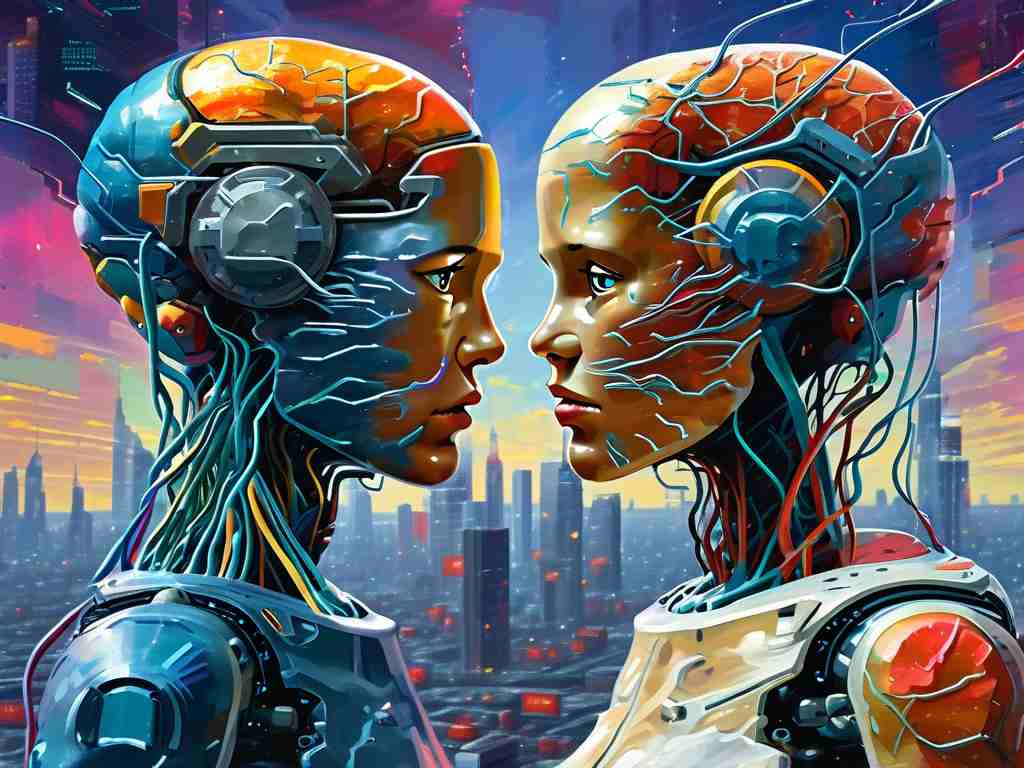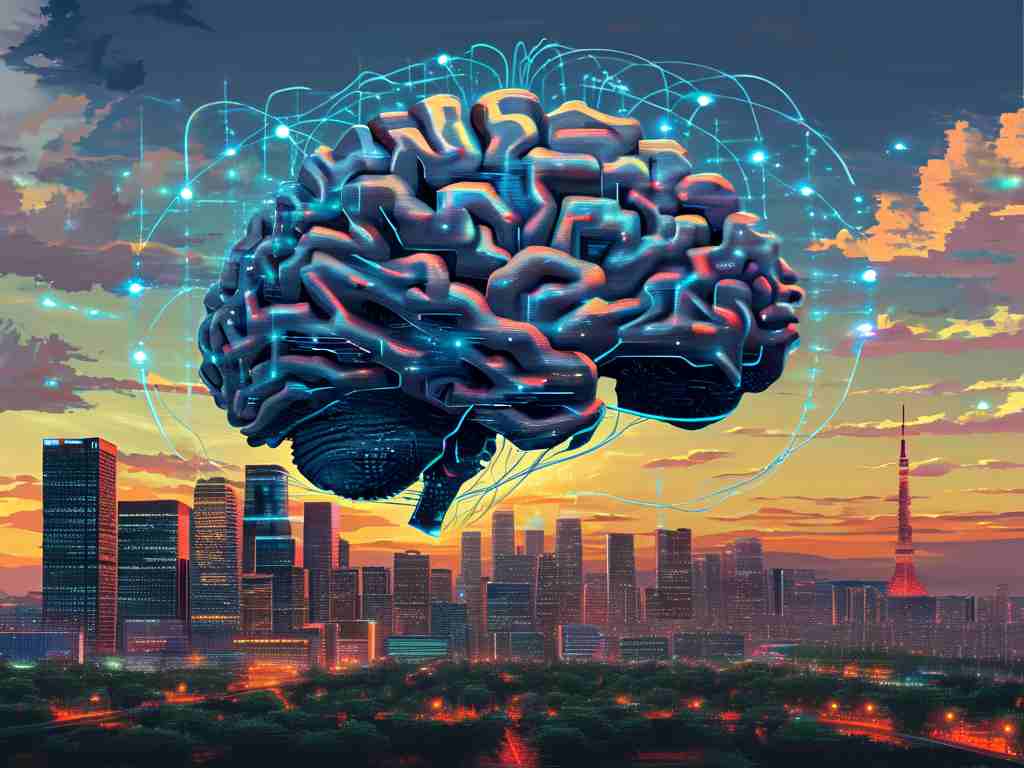Neural networks represent a cornerstone of modern artificial intelligence, mimicking the human brain's structure to solve complex problems. Among various applications, the MNIST dataset stands as a foundational benchmark for image recognition tasks. This article delves into how neural networks handle MNIST classification, offering practical insights and code snippets for enthusiasts. The MNIST dataset comprises 70,000 handwritten digits from zero to nine, widely used for training and testing machine learning models due to its simplicity and accessibility. Its grayscale images, each 28x28 pixels, provide an ideal starting point for beginners to grasp neural network concepts without overwhelming complexity.

A typical neural network for MNIST involves multiple layers, including input, hidden, and output layers, where neurons process data through weighted connections. For instance, a basic feedforward neural network can achieve high accuracy by learning patterns from pixel intensities. The process begins with data preprocessing: normalizing pixel values to a 0-1 range enhances training efficiency. Then, the model architecture defines the flow; a simple setup might include a flattening layer to convert 2D images into 1D arrays, followed by dense layers with activation functions like ReLU for nonlinearity. Finally, a softmax output layer assigns probabilities to each digit class, enabling classification.
To illustrate, here's a Python code snippet using TensorFlow and Keras, popular libraries for building neural networks. This example creates a sequential model with two hidden layers, compiling it with appropriate loss and optimizer functions. After loading the MNIST data, the model trains over several epochs, adjusting weights through backpropagation to minimize errors.
import tensorflow as tf
from tensorflow.keras.datasets import mnist
from tensorflow.keras.models import Sequential
from tensorflow.keras.layers import Dense, Flatten
# Load and preprocess MNIST data
(x_train, y_train), (x_test, y_test) = mnist.load_data()
x_train, x_test = x_train / 255.0, x_test / 255.0 # Normalize pixels
# Build the neural network model
model = Sequential([
Flatten(input_shape=(28, 28)), # Convert images to 1D
Dense(128, activation='relu'), # First hidden layer
Dense(64, activation='relu'), # Second hidden layer
Dense(10, activation='softmax') # Output layer for 10 digits
])
# Compile and train the model
model.compile(optimizer='adam',
loss='sparse_categorical_crossentropy',
metrics=['accuracy'])
model.fit(x_train, y_train, epochs=5, validation_split=0.2)
# Evaluate on test data
test_loss, test_acc = model.evaluate(x_test, y_test)
print(f'Test accuracy: {test_acc:.2f}')
Running this code typically yields accuracy around 97-98% on test data, demonstrating neural networks' power in recognizing handwritten digits. Factors like layer depth, neuron count, and regularization techniques (e.g., dropout) can fine-tune performance. For example, adding dropout layers reduces overfitting by randomly deactivating neurons during training, ensuring the model generalizes better to unseen images. This adaptability highlights why neural networks excel in MNIST tasks, as they learn hierarchical features—starting from edges in early layers to complex shapes in deeper ones.
However, challenges persist, such as computational demands; training deep networks requires significant resources, and real-world variations (e.g., distorted or noisy digits) may lower accuracy compared to clean MNIST samples. To overcome this, practitioners often augment data with rotations or translations, simulating diverse scenarios. Moreover, while MNIST serves as an excellent educational tool, its simplicity limits relevance to more complex vision problems like object detection in varied environments. Thus, transitioning to datasets like CIFAR-10 or ImageNet builds on MNIST foundations, expanding neural network applications.
In , neural networks and MNIST form a symbiotic relationship, enabling rapid prototyping and learning in AI. By experimenting with code and understanding core principles, developers can innovate in fields from healthcare diagnostics to autonomous vehicles. As technology evolves, neural networks will continue reshaping industries, making foundational knowledge invaluable for aspiring data scientists.









